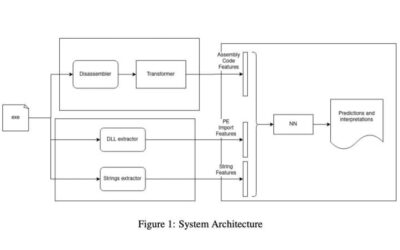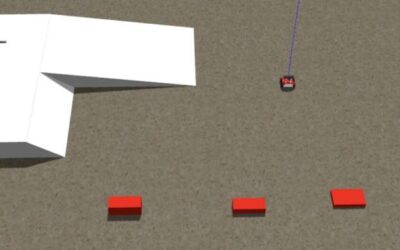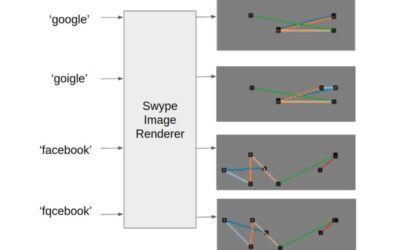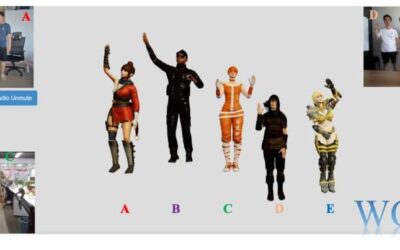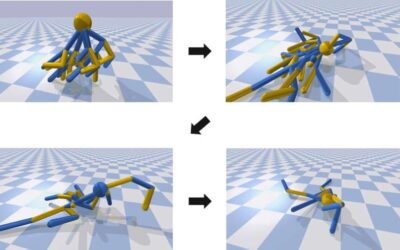Reservoir computing (RC) is an approach for building computer systems inspired by current knowledge of the human brain. Neuromorphic computing architectures based on this approach are comprised of dynamic physical nodes, which combined can process spatiotemporal...
TECHXPLORE
The vulnerability of transformers-based malware detectors to adversarial attacks
Cyber attackers are coming up with increasingly sophisticated techniques to steal users' sensitive information, encrypt documents to receive a ransom, or damage computer systems. As a result, computer scientists have been trying to create more effective techniques to...
The successful integration of a sub-0.5nm dielectric with 2D semiconductors
Field-effect transistors (FETs) are transistors in which the resistance of most of the electrical current can be controlled by a transverse electric field. Over the past decade or so, these devices have proved to be very valuable solutions for controlling the flow of...
A new system that could improve robot navigation in uneven terrains
As mobile robots become more advanced, they also become easier to deploy in a wide range of real-world settings. One of the factors that will enable their large-scale implementation is their ability to autonomously move around within different types of environments.
CodeToon: A tool to automatically create stories and comics
Three researchers at University of Waterloo in Canada have recently developed a unique comic authoring tool that can automatically create stories and comics based on code. This system, called CodeToon, could open interesting possibilities for code-driven storytelling,...
TypoSwype: An image recognition tool to detect typosquatting attacks
In recent decades, cyberattacks have become increasingly varied, introducing various strategies to lure users onto malicious websites or prompt them to share sensitive data. As a result, computer scientists are continuously trying to develop more advanced tools to...
Study assesses the efficacy of hands-free text selection systems for VR headsets
Virtual reality (VR) and augmented reality (AR) head-mounted displays allow users to experience digital content in more immersive and engaging ways. To keep the users as immersed in the content as possible, computer scientists have been trying to develop navigation...
A 3D online chatroom that can be accessed using a phone or PC camera
In the past few years, a growing number of computer scientists have been exploring the idea of "metaverse," an internet-based space where people would be able to virtually perform various everyday activities. The general idea is that, using virtual reality (VR)...
A system for automating robot design inspired by the evolution of vertebrates
Researchers at Kyoto University and Nagoya University in Japan have recently devised a new, automatic approach for designing robots that could simultaneously improve their shape, structure, movements, and controller components. This approach, presented in a paper...
SampleMatch: A model that automatically retrieves matching drum samples for musical tracks
Machine learning-based computational models have been successfully applied to a broad range of complex information processing tasks, including those that involve retrieving specific data items from large archives. Researchers at the Sony Computer Science Laboratories...


